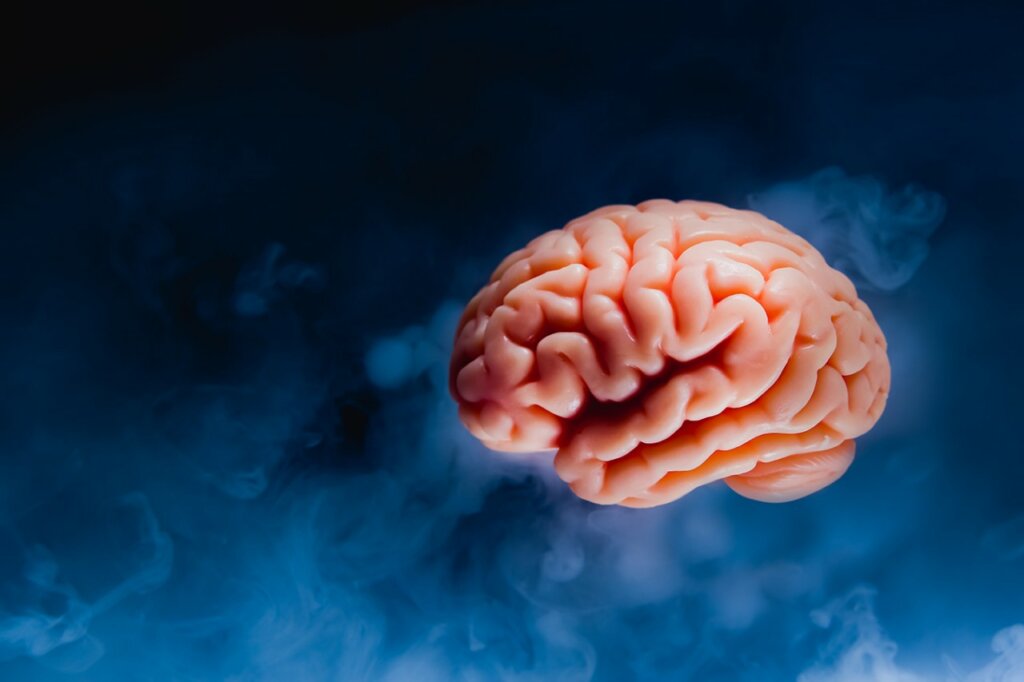How Your Brain Changes After Trauma


Written and verified by the psychologist Andres Camilo Espinosa Poveda
A traumatic event has the power to completely change your life. In fact, its impact can be so severe, it ends up affecting every area of your existence.
Much can be said about the effect of trauma on physical and emotional health and interpersonal relationships. However, today we’re focusing on one of the most important and complex organs of the body, and examining how the brain changes after trauma.
Trauma
Before taking a walk through the complex neural streets of the mind, we’ll start with defining trauma. As you go through life, you might face a wide range of difficult and painful experiences, but not all of them will be considered traumatic. So what makes a trauma a trauma?
As a rule, for an event to be considered a trauma, it’s necessary for you to feel, in those circumstances, that your life is threatened. Indeed, trauma occurs because the emotional and adaptive demands of your environment exceed and overwhelm your coping tools. As the pressure that the events put on your psyche is so high, it ends up causing you damage from which it’s not easy to recover.
There’s much more that can be said about it, but for now, let’s start with its definition.

What happens in your brain when trauma occurs?
Your brain is an incredible machine that performs a large number of tasks. Its main objective is to guarantee your survival. To do so, it sets in motion a series of mechanisms. They include the activation of your sympathetic nervous system and the secretion of stress hormones. This leads to you developing a fight or flight response in order to suppress the threat.
Under certain conditions, no doubt you’ll have felt your heart beating really hard. At these times, your brain produces changes in your blood pressure or heart rate. They prepare your body for fight or flight, thus keeping you safe. It’s an effective strategy that guarantees the survival of us as a species and allows us to overcome major threats.
However, a problem occurs when you interpret the threat as too great to be saved with the options available to you. Furthermore, these types of situations are becoming more frequent. That’s because today’s lifestyle makes it impossible for you to escape from the source of the threat while, at the same time, exposing you to experiences of high intensity negative emotional charge.
When the threat remains, your brain’s mechanisms try to find a way out, consuming a fair amount of energy in the process.
Let’s take a look at the most significant ways your brain changes after trauma.
The cerebral amygdala, your emotional operations center
The amygdala is a brain structure formed by a group of neurons that’s located in the deepest part of your temporal lobes. Its function is to process your emotional reactions and contribute to your creation of memories associated with said reactions. It’s activated when you experience emotion and it generates learning that links this emotion to the event that caused it.
Thanks to this structure, you can learn which situations make you happy and which make you angry. It also participates in the processing of fear. Therefore, it’s key in the activation of your response system in the face of threats and the start-up of your fight or flight response.
When an experience becomes traumatic, the response of your amygdala is intense and sustained. This makes your fear response stronger which ends up flooding your related emotional learning.
Consequently, your brain becomes more prone to interpret the context as a threat and it’ll respond with greater intensity, detracting from any positive emotional content. In fact, although the traumatic event has already passed, your amygdala will act as if the threat persists. This transforms the functioning of your brain and its relationship with your environment.
The hippocampus, the scribe of your memories
The hippocampus is a brain structure that’s located inside your temporal lobe. Its name is due to the fact that its shape resembles that of a seahorse. It’s been extensively studied for its exact functions and has been found to play a crucial role in the formation of new memories.
After prolonged exposure to emotional stress, the volume of your hippocampus may be reduced. That’s because the creation of new neurons, and the activation of existing ones are inhibited. In addition, the stress produced by a traumatic experience can affect the proper functioning of this important brain structure, causing problems in learning and memory processes.
At a functional level, a compromised hippocampus makes it difficult for you to store new memories. This increases the weight of your negative memories associated with the traumatic experience.
The prefrontal cortex, the pilot of your ship
The prefrontal cortex is one of the most important parts of your brain. Among its functions are planning, decision making, adaptation to social conventions, interpretation of information, impulse control, and problem-solving, among others. Its proper functioning is essential for your daily life, the development of your personality, and learning.
Sustained stress from a traumatic experience can reduce the volume of your prefrontal cortex and its number of interconnections with other areas of your brain. This negatively impacts your ability to solve problems and adapt to the usual demands of your environment.
As if that weren’t enough, the involvement of your prefrontal cortex increases your vulnerability to other conditions. For example, anxiety disorders, mood disorders, and degenerative brain diseases.
A vicious circle
As you’ve probably noticed, changes in these three brain areas aren’t independent of each other. Indeed, it’s common for the different areas of your brain to cooperate to function. Therefore, damage to one can impact the functions of many others.
Negative effects on your prefrontal cortex impede your problem-solving and adaptive handling of negative emotions. In turn, this increases the intensity of your amygdala activation by such emotions. It also interferes with the function of your hippocampus in storing new memories.

Taken together, the changes in your brain caused by trauma can lead to serious symptoms and disorders:
- Insomnia.
- Irritability.
- Attention problems.
- Learning difficulties.
- Memory problems.
- Anxiety.
- Failures in interpersonal relationships.
- Reexperiencing the traumatic experience.
They can also cause the appearance of certain psychopathologies, of which the most obvious is post-traumatic stress disorder. However, this isn’t the only condition. In fact, compromise of brain structures by a traumatic event can also lead to anxiety and mood disorders.
Trauma doesn’t fix itself
The functioning of your brain changes due to the traumatic experience and the negative effects may continue to affect its neural structures. Faced with the continuous perception of a threat, your brain will continue to try to protect itself but, in doing, so it’ll end up causing more damage. This leads to a simple but extremely important conclusion for mental health and well-being: trauma won’t fix itself.
As you can see, your brain changes after trauma. It affects its functioning and can even end up deteriorating who you are and the way you relate to others.
This type of affectation and the danger it entails for your brain means it’s essential to seek help. Timely treatment can help you cope with the traumatic experience and stop its negative effects on your brain structure. Furthermore, thanks to the impressive plasticity of your brains, it’s highly likely that you’ll make a full recovery.
As Lisa Simpson would say, you mustn’t take your brain for granted, because it’s the best friend you’ll ever have.
All cited sources were thoroughly reviewed by our team to ensure their quality, reliability, currency, and validity. The bibliography of this article was considered reliable and of academic or scientific accuracy.
- Sánchez-Navarro, J. P., & Román, F. (2004). Amígdala, corteza prefrontal y especialización hemisférica en la experiencia y expresión emocional. Anales de Psicología/Annals of Psychology, 20(2), 223-240.
- Trelles, L. (1993). El aprendizaje y la memoria.
This text is provided for informational purposes only and does not replace consultation with a professional. If in doubt, consult your specialist.








